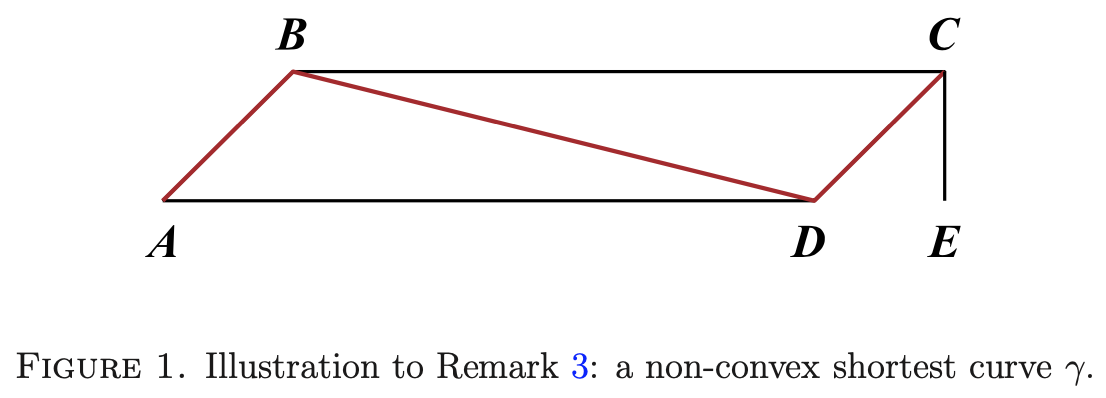There are several open problems in topology which concern connectedness and subsets of the plane. The biggest of these is undoubtedly:
Question. Does every non-separating plane continuum have the fixed point property?
This is a very beautiful problem. In essence, it is asking whether every non-separating plane continuum is like a closed disk, or conversely, if every separating plane continuum is like a circle.
Many other open problems are not explicitly about subsets of the plane, but it helps to think about whether they are true for spaces that can be embedded in the plane. The plane is, in many cases, the nicest embedding space that does not make a problem trivial (the real line lacks sufficient complexity).
In this post I would like to compile a list of topological properties of the plane. They should be fairly easy to state, and it is perfectly okay to state a result in (non-trivially) different ways.
I know that this is a general request, but it would be extremely helpful to me.
Jordan Curve Theorem. Every simple closed curve separates the plane into two components.
Denjoy–Riesz Theorem. Every compact totally disconnected subset of the plane is contained in an arc.
(Kuratowski). If a plane continuum $X$ is the common boundary of three of its complementary components, then $X$ is either indecomposable or the union of two proper indecomposable subcontinua.
(Rudin). If there are three arcs in the plane which do not contain the point $x$ and which have only their end-points in common, then one of these arcs is separated from $x$ by the union of the other two.
Nice theorems of the geometric variety are also welcome.
Sylvester–Gallai Theorem. Given a finite number of points in the plane, either all the points are collinear, or there is a line which contains exactly two of the points.
Erdős–Anning Theorem An infinite number of points in the plane can have mutual integer distances only if all the points lie on a straight line.

